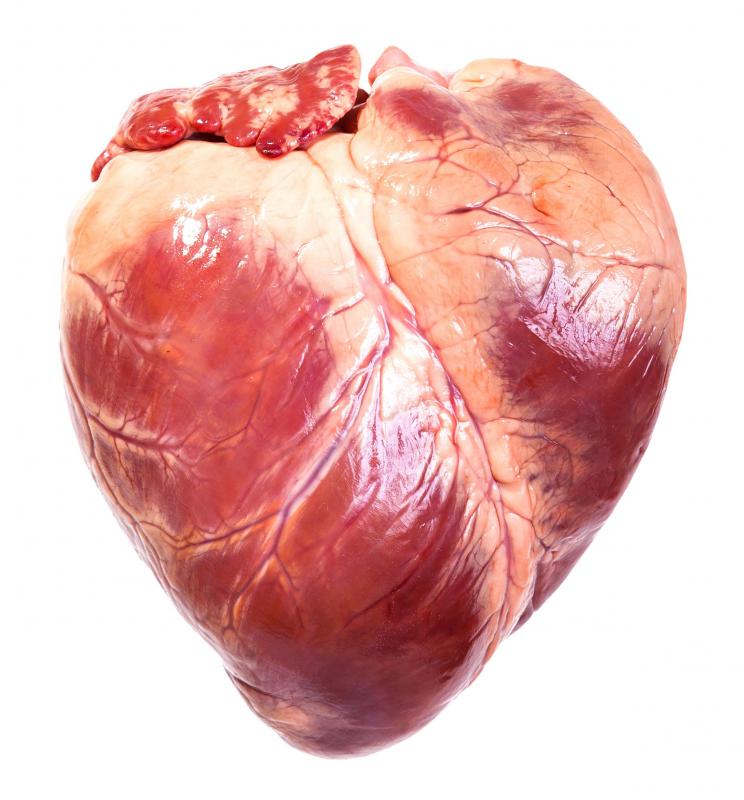At TheHealthBoard, we're committed to delivering accurate, trustworthy information. Our expert-authored content is rigorously fact-checked and sourced from credible authorities. Discover how we uphold the highest standards in providing you with reliable knowledge.
What Is Nail Clubbing?
Nail clubbing is a finger deformity in which the end of the finger becomes swollen and the angle between the nail bed and the nail is lost. It most often occurs on the fingers of both hands and is not usually associated with pain. Nail clubbing can be a sign of heart disease, inflammatory bowel disease or lung disease, and it is also seen in a number of other conditions. It may also be referred to as drumstick fingers, Hippocratic fingers, watch-glass nails, or simply clubbing. The condition was first described by Hippocrates of ancient Greece, who is sometimes called the founder of modern medicine.
Normally, when people without nail clubbing place the ends of opposite fingers together so that the nails rest against one another, a diamond-shaped space is seen between them. In people with clubbing, the loss of the angle between the nail and its bed causes this space to disappear. This is referred to as Schamroth's window test. When the angle between the nail and its bed is more than 180 degrees, nail clubbing is definitely present. Angles approaching 180 degrees could represent an early stage of clubbing.

In a patient with nail clubbing, the nails may feel less firm than usual when pressed. This is because of an increase in the underlying soft tissue. Although the exact cause of clubbing is not understood, it is known that blood flow at the ends of the fingers is greater than usual. It is thought that this causes the tissue changes seen beneath the nail beds. Nail clubbing which occurs in association with a disease is known as secondary clubbing, and primary clubbing, which occurs without disease, is rare.

When nail clubbing is seen in association with a heart defect, the clubbing sometimes improves when the problem is corrected surgically. Clubbing is mainly associated with abnormalities of heart structure present from birth, although it is also seen in bacterial infections of the heart. Nail clubbing occurs in many respiratory diseases, and it may be present in around 29 percent of patients with lung cancer. When a patient with clubbing does not appear to show any signs of disease, doctors should investigate carefully in case there is a hidden problem such as a lung tumor. Clubbing can also affect the feet, although it may be harder to recognize due to the naturally more rounded shape of the toes.
AS FEATURED ON:
AS FEATURED ON:












Discussion Comments
@rundocuri- I think that it is possible for some people to have naturally rounded fingers and not have a disease. The form of clubbing mentioned in this article refers to a condition that wasn't always present, and usually accompanies other symptoms.
Regardless, if you think your uncle has a problem, you should try to convince him to see a doctor for an accurate diagnosis.
Is it ever possible that nail clubbing can occur without a disease being present? My uncle has club-shaped fingers, but it is very difficult to convince him to go to see his doctor.
Post your comments